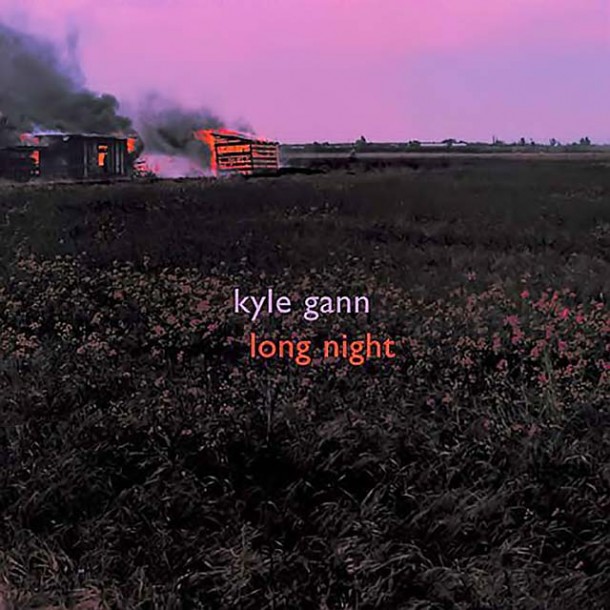Kyle Gann: Long Night
Cold Blue Music, 2005
Available on Apple Music and Spotify
Long Night for three pianos was an attempt to extend the looping technique of Terry Riley’s In C into the ambient/atmospheric area of Harold Budd and Brian Eno. I wrote the piece in grad school, gave it a trial run in 1980, and then made some much-needed revisions. The premier of the final version was at my doctoral recital at Northwestern, April 30, 1981. The piece was repeated on the New Music America festival at Chicago’s Navy Pier on July 8, 1982. The next performance was a quarter-century later on September 28, 2007 at Bucknell University, with pianists Lois Svard, Megan Rowland, and Anja Wade. In the meantime, Sarah Cahill had made a recording of it for the Cold Blue label, overdubbing the three pianos.
Long Night was easily the most successful of the pieces I wrote at that time in which musicians played simultaneously at different tempos. The three tempos are approximately 90, 100, and 110, and each pianist loops various sections of music until a cue comes to move on. The piece is in seven overlapping sections, changing key from C minor to A major to C# minor. The primary motive was stolen from a Cluster and Eno record. The original, rather opaque program note made reference to Heidegger:
Being and Time established that just because moods, or existential states of mind, are fleeting and temporal does not mean that they are ontologically less primordial than more permanent personal phenomena…. In classical music, diversity is thought of as superficial and unity as underlying. Since Heidegger (and Cage), this worldview seems like wishful thinking….
And so on. The point was to write a smooth, seamless piece devoid of any of the classical unifying devices I had learned in school. I had the idea that the pianos could be around the audience and the audience walking, lying, or otherwise lounging in the middle. This hasn’t yet been found practical. And although I pictured the piece, in such ambient circumstances, running to perhaps 45 minutes, 20 to 25 has proved optimum for concert versions.
-Kyle Gann
Available at ColdBlueMusic.com
Read Kyle Gann’s blog at www.artsjournal.com/postclassic
